Decision making in sport
In sport it is important to develop motor skills or muscular strength, but it is even more important to know how, when and where to perform each action, and at a very high speed, adapting continuously to game situations In order to make the right choice it is important to make good decisions. We will
La entrada Decision making in sport se publicó primero en International Football Academy Soccer Interaction in spain/ Academia de fútbol.
In sport it is important to develop motor skills or muscular strength, but it is even more important to know how, when and where to perform each action, and at a very high speed, adapting continuously to game situations

In order to make the right choice it is important to make good decisions. We will now explain how decisions are made and how to correct them in training.
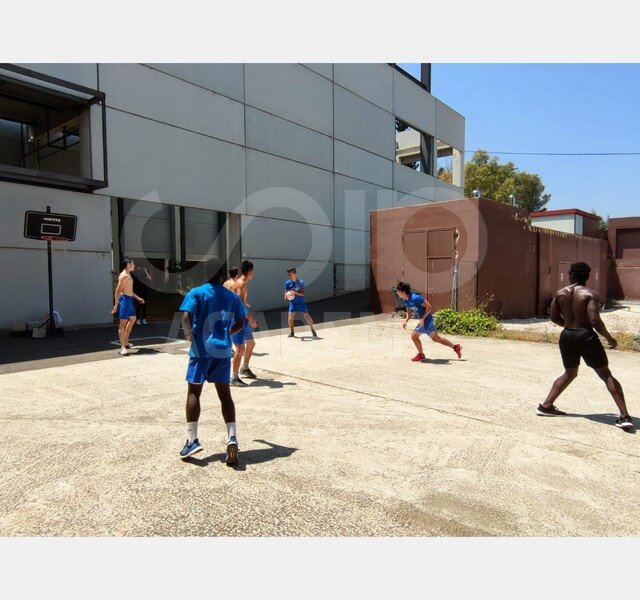
How players make decisions
Cognitive abilities are essential for the player and allow him to process external and internal information, perceive external stimuli, imagine how he can evolve, distinguish various elements that influence him, group various stimuli into a whole, etc. This processing inherent to the dynamic game of football is linked to the decision-making that is so loaded with variables that influence it. To structure it in a simpler way, it could be said that these cognitive abilities are grouped into:
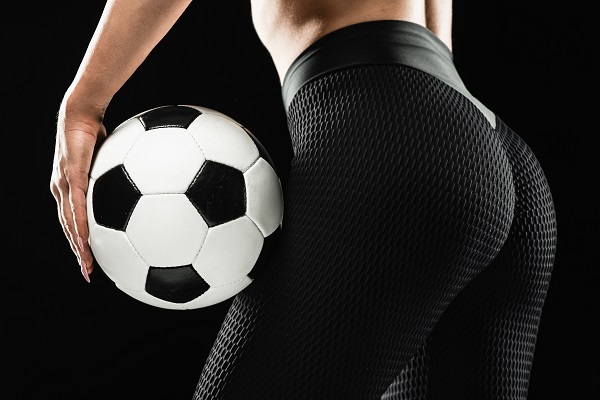
1.- The perception and analysis of the situation.
2.- Processing and decision making.
3.- Self-assessment.
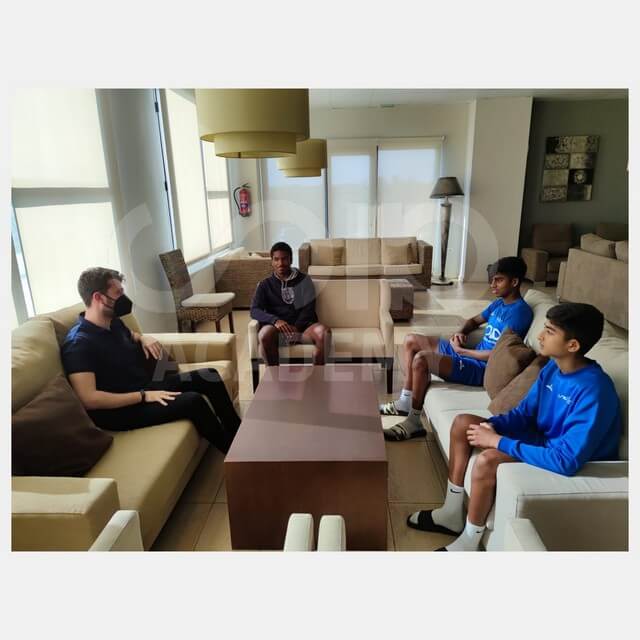
Therefore, in order to achieve maximum performance in the field, the key to the process is a) perceiving the situation, b) processing the most appropriate stimuli, c) making the right decision as quickly as possible and d) executing the action at the right time.
To better understand decision-making in football, we must pay close attention to the perceptual-motor process that the player undergoes. Three main phases can be distinguished:

1. Perceptual phase. Obtaining information.
2. Decision-making phase. Making a choice between several alternatives.
3. Effector phase. Materialising the chosen movement through the neuromuscular system.
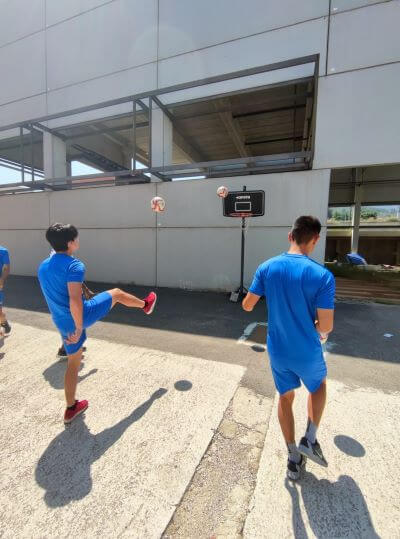
Perceptual phase in decision-making
With regard to the perceptive phase, this phase precedes decision-making. And in it, in addition to the influence of cognitive factors for a correct decision-making and tactical behaviour of the athlete, the emotional system also plays a fundamental role (insecurity, competitive anxiety, lack of self-confidence, etc.).

The perception process consists of two phases: sensation (the player captures information from the environment) and perception, which is the interpretation of the data, with special emphasis on those considered “relevant”. To understand each other, the fundamental difference would be that it is one thing to see (sensation) and another to know what one is seeing (perception). In this process, visual information is fundamental.
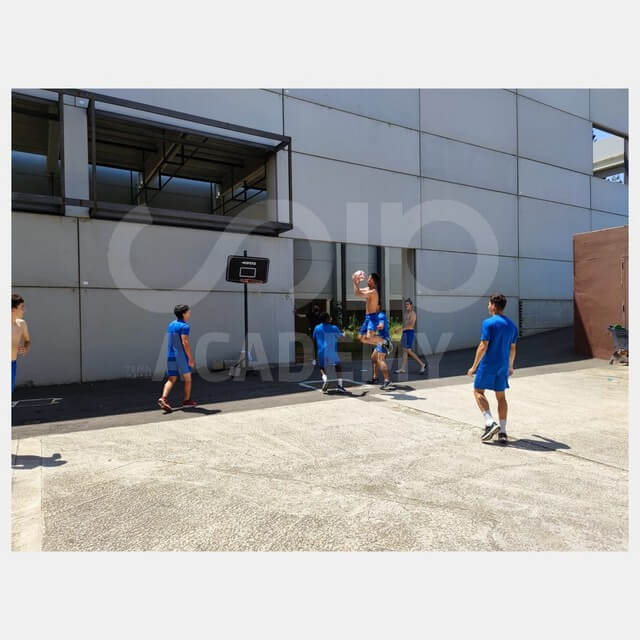
Thus, expert players are distinguished from the rest in their great capacity for attentional processes to select the relevant stimuli in their environment, which results in greater efficiency and speed in decision-making.
Decision-making phase
With regard to the decision-making phase, we must understand that athletes basically pay attention to two focuses of attention: external (strategic conditions of the competition, what the opponent is doing, what a teammate is doing) and internal (e.g., self-knowledge about their abilities, self-confidence, activation).
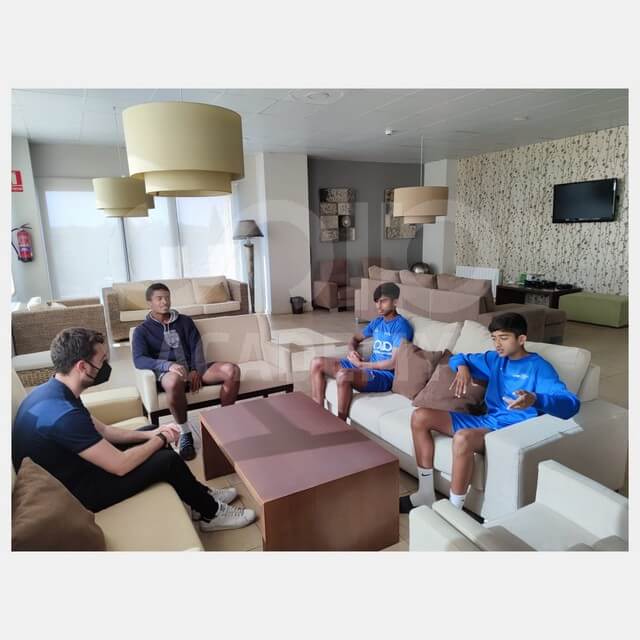
It is also influenced by other factors such as individual strategy, tactical knowledge, position and posture of the player, etc. Players must decide quickly and accurately taking into account all these elements, where the anticipation of these processes is essential to reduce the reaction time necessary for the motor action, to execute the movement. Anticipation (or prediction) and decision making are key elements for performance in sport, especially in high strategy sports, to mechanise the processes necessary for a good collective performance.
Effector phase in decision-making
In this dynamic, the automation of these actions is essential for the last phase of the decision-making process: the effector phase. If we were always aware of all the perceptual-motor sequences that we are carrying out in the middle of a sporting activity, it would slow down too much. Therefore, the training of all these actions facilitates the emergence of these automatisms by being exposed to specific practices of the task itself, where the player does NOT have to think about performing the action. In turn, the motor action can be in the form of sensorimotor actions (the player interprets and decides to perform a controlled action, with greater intention) or in the form of creative (innovative) actions.
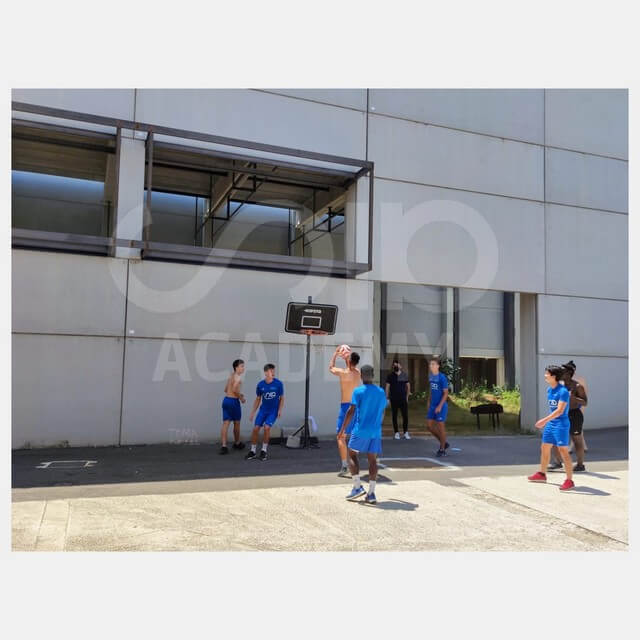
Depending on the result of the motor response, the player will be able to analyse it in terms of its effectiveness in order to internalise that significant experience in his memory, facilitating a better solution in similar scenarios that he will face later on, even in the same match.
In other words, the how will be determined by the effector mechanism, and the objective of the action by the decision making between different alternatives.

Types of Decisions Hastie model
Hastie’s (2001) model, which proposes a series of types of decisions, can help coaches to interpret and recognise the reasons for the decisions made by their players.
1. Decisions. This is the action that takes place after the decision is made and is made up of alternative actions, knowing the consequences and uncertain events.
2. Outcome. Knowing what would happen if other alternatives had been made.

3. Consequences. Knowing the gains or losses of that decision, being aware of the hidden objectives of that decision.
4. Uncertainty. Depend on the confidence, likelihood and probability that the expected consequence will occur.
5. Preferences – what is most important to the implementer? how does the implementer prioritise the action?
6. Making a decision. The process of choosing the decision.
7. Judgement. How the performer evaluates the action and how it influences his decision.

Football is a collective sport, with multiple influences and where physical abilities and talent play an important role in the development of a football player and in the development of the game, but not a determining factor. Training shapes this previous talent and everything can be improved if the right knowledge is acquired to achieve the desired evolution of the athlete. Thus, decision making, as well as the quality to execute them, can be worked on to maximise performance on the field of play.
Decision-making is trained by playing. You get better the more decisions you have to make, there is no other way” said Pep Guardiola during an interview. The phrase itself is redundant, which does not mean that it is not adequate to define one of the most important aspects of a footballer’s sporting performance on the pitch. Indeed, decision-making is trained by playing, with an exhaustive analysis of certain physiological variables that influence the process of the game, although there is also a wide range of psychological conditioning factors that influence a footballer’s decision-making.

Football is a sport that takes place in a dynamic, changing context, which constantly requires the execution of different aspects of skill. Thus, although there are closed situations such as a free kick or a corner kick, football is considered an “open skill” sport where players must quickly assess where the ball is, where their teammates and opponents are, and even assess themselves, before making a decision based on their abilities, the instructions received by their coach and the situation of the match at that moment. Because of all this, the fact that the player is faced with such a complex and changing environment on the field of play, cognitive and perceptual skills are determinant in the ability to play. In fact, some authors point out that the reason why many goals are scored towards the end of the game is due to an increase in errors as a result of lapses in concentration and a decrease in decision-making ability, which accompanies mental and physical fatigue.

And as we have said at the beginning of this article and throughout it, in order to improve this decision-making process, specific work must be done in training sessions to increase the efficiency of individual and, therefore, collective play. Some of the conditions that must exist in this context are:
– The number of repetitions should not be too high.
– That there be variety in the number and in the initial conditions of the exercises proposed.
– There should be a constant presence of decision making.
Ezquerro, M., & Buceta, J. M. (2001). Information processing style and decision making in sport competitions: Cognitive speed and accuracy dimensions. Análise Psicológica, 19(1), 37-50.
– Castelo, J. (2019). General treatise on football : a practical guide to training exercises. Paidotribo.
– Vila-Maldonado, S.; García López, L.M.; and Contreras Jordán, O.R. (2012). The research of the visual behaviour, from the cognitive-perceptual focus and the decision making in sports. Journal of Sport and Health Research, 4(2):137-156.Williams, A. M. (2000). Perceptual skill in soccer: Implications for talent identification and development. Journal of sports sciences, 18(9),
– Espar, X. (2017). “Complexity in decision making and knowing the game”. In Seirul-lo, F. Col. (Eds.), El entrenamiento en los deportes de equipo. (pp. 244-257). Editorial Mastercede.
– Viadé Sanzano, A. (2013). Psicología del rendimiento deportivo. Editorial UOC. https://elibro.net/es/ereader/uoc/56312?page=132
La entrada Decision making in sport se publicó primero en International Football Academy Soccer Interaction in spain/ Academia de fútbol.
